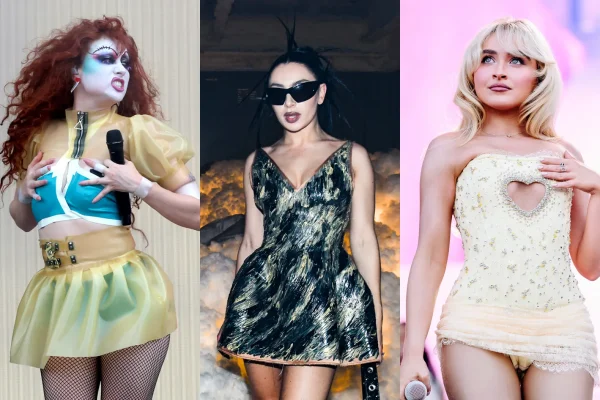
Chappell Roan’s “The Rise and Fall of a Midwest Princess,” Sabrina Carpenter’s “Short n’ Sweet” and Charli XCX’s “BRAT” dominated the charts in 2024, breathing new life into pop music. These influential albums and a new wave of pop artists combined to accomplish a goal previously thought unachievable: the revival of “recession pop.”
“Recession pop” is the buzzword used to describe the music released during and soon after the Great Recession, which lasted from December 2007 to June 2009. This music was upbeat, with an electronic influence and plenty of bass, encouraging listeners to get up and dance.
Artists like Kesha, Timbaland, Nelly Furtado, David Guetta and Pitbull were wildly popular during this time. Albums such as Britney Spears’s “Blackout,” Lady Gaga’s “The Fame Monster” and the Black Eyed Peas’ “THE E.N.D.” defined the era.
This music is so closely intertwined with the Great Recession thanks to its shared theme — not worrying about paying bills and, instead, dancing the stress away. The housing market was crashing, and unemployment was rising, so, as LMFAO put it in their song “Party Rock Anthem,” people had one goal: “Everybody just have a good time.”
Interestingly, this is not the first time this phenomenon has happened. Dance music has typically gained popularity during economic recessions; in fact, two of the genres most influential to recession pop — disco and house — came about during recessions of their own.
Disco is often synonymous with the 70s, a time when Diana Ross’s popularity was soaring and the economy was not. In 1973, the Organization of Petroleum Exporting Countries (OPEC) imposed a total oil embargo against any country supporting the Israeli army at the time, including the United States. This caused oil and gas prices to surge, with inflation and unemployment following soon after, sending the country into a recession from November 1973 to March 1975.
People sought a way to escape this discouraging economic landscape, so they ran from their problems to the disco. The genre is known for its up-tempo blend of funk, jazz and soul music. Similar to the recession pop of the early 2010s, disco lyrics center around dancing stress away, often featuring terms like “let loose” or “groove.”
House music was born from the disco club scene, with a stronger electronic influence. It gained popularity in the early ‘80s when the United States was sent into another recession due to tight economic policy and an oil crisis. Once again, dance music was an escape.
This history lesson begs the question: Why do people believe recession pop is back in pop music today?
Ever since the COVID-19 pandemic, the economy has been a constant point of concern. The cost of living keeps rising, the job and housing markets are nearly impossible to break into, and President Donald Trump’s economic policies have people stressed out.
Another recession pop era is on the rise as people seek an escape from reality. Yet, is today’s music up to the challenge?
While the pop music of the 2020s is not creating a new genre like disco or house, it is adding a new element to recession pop’s theme of having fun despite how bad things may be. Pop artists today are unapologetically embracing themselves and begging their listeners to do the same.
“BRAT” centers around embracing your fun and crazy side, with Charli XCX crowning herself as the “365, party girl.” Chappell Roan proudly embraces her sexuality, saying “Good luck, babe!” to anyone who refuses to do so.
Rising pop stars like Sabrina Carpenter, Tate McRae and Addison Rae are establishing themselves as the next big names in music. Big names from the early 2010s have come back, with Kesha releasing “JOYRIDE.” in July 2024 and Lady Gaga releasing “MAYHEM” in March 2025.
It is safe to say that a new, bold era in pop music is here, even if it doesn’t seem as nostalgic as the recession pop of the 2010s. Perhaps, though, as the economy worsens, pop music will get even better.
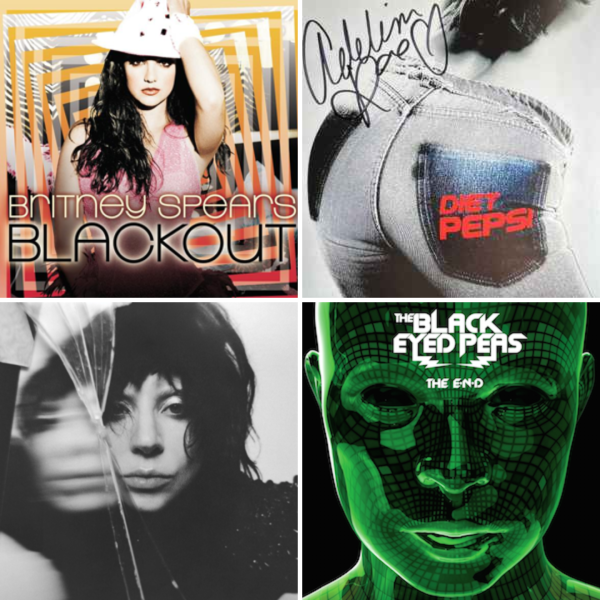





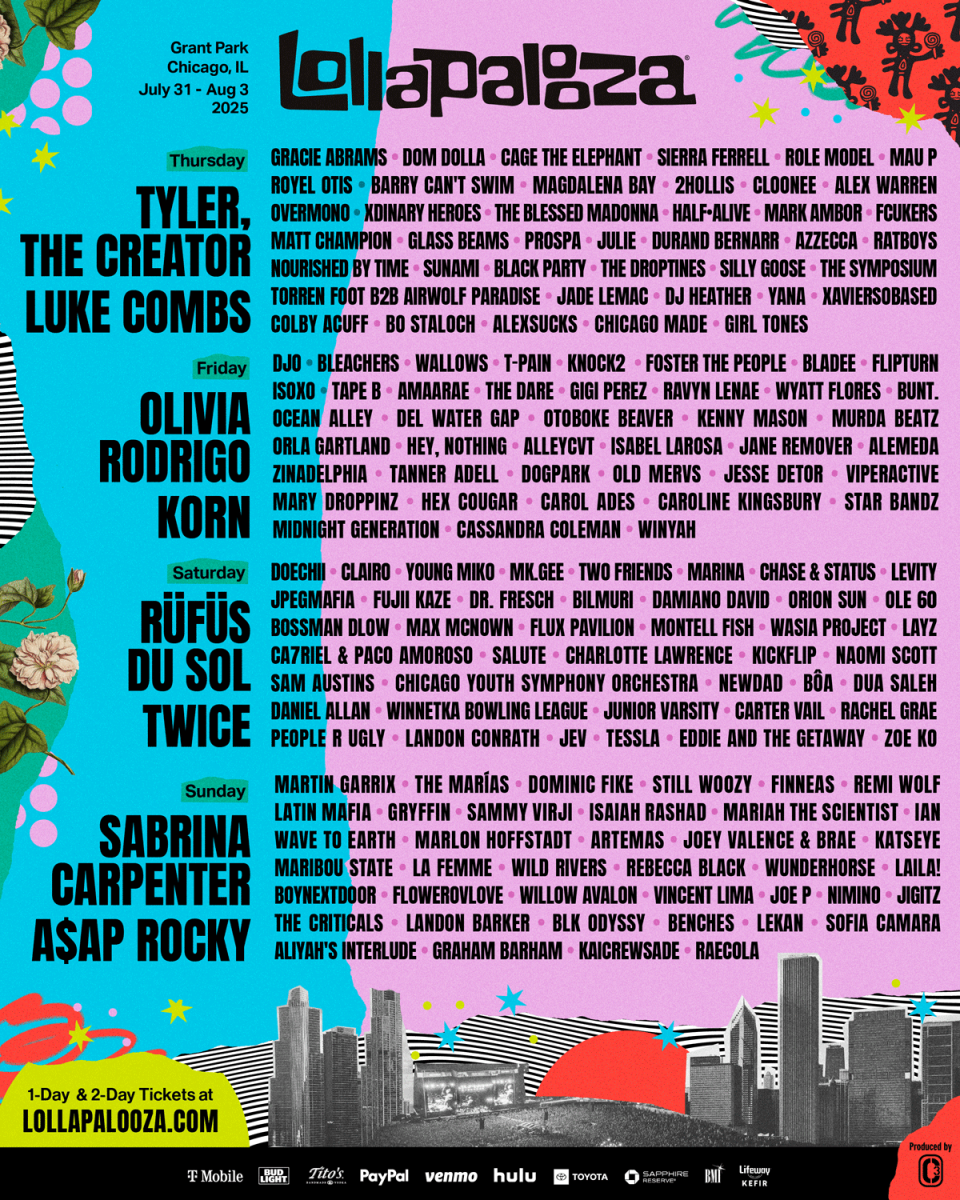
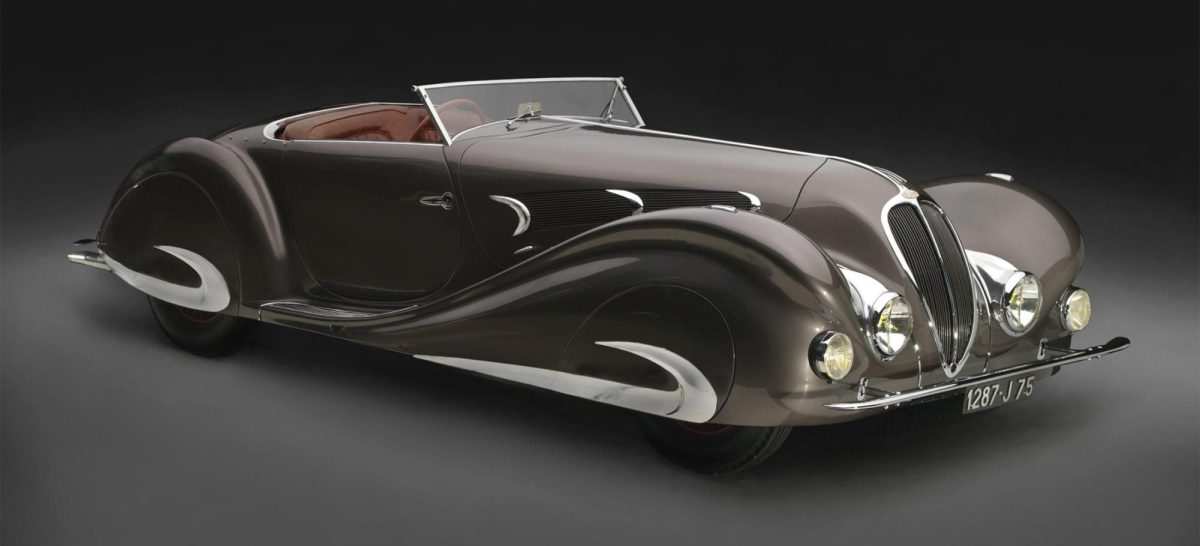
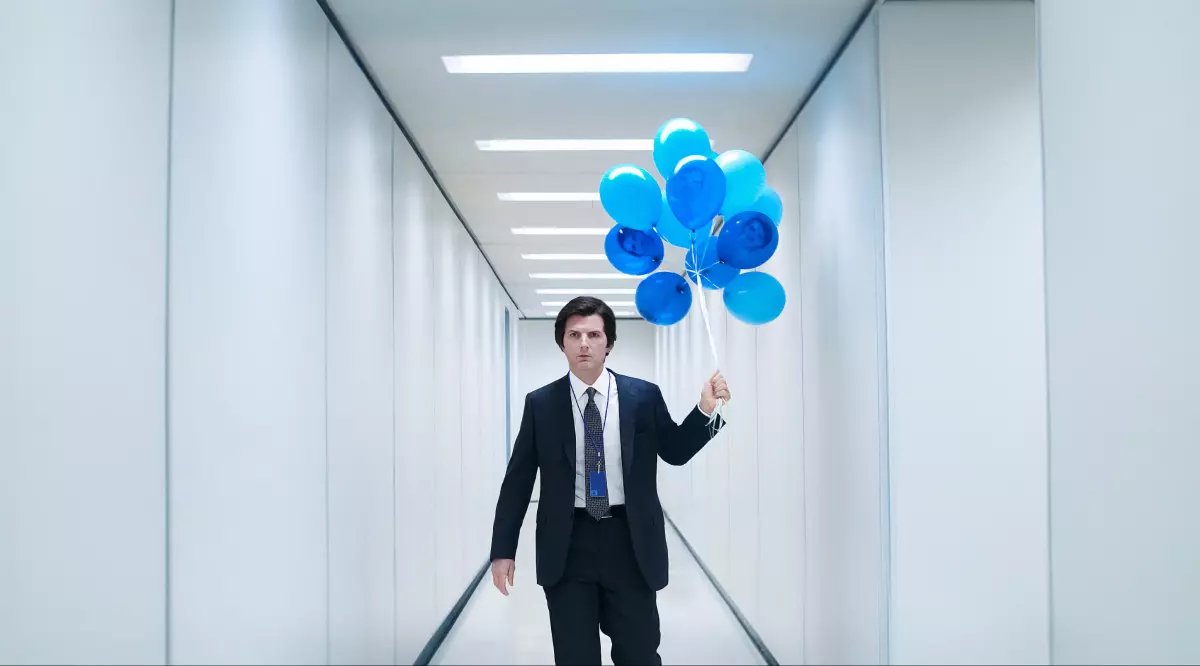

Riley King • Mar 31, 2025 at 11:33 am
I love recession pop!!!!!